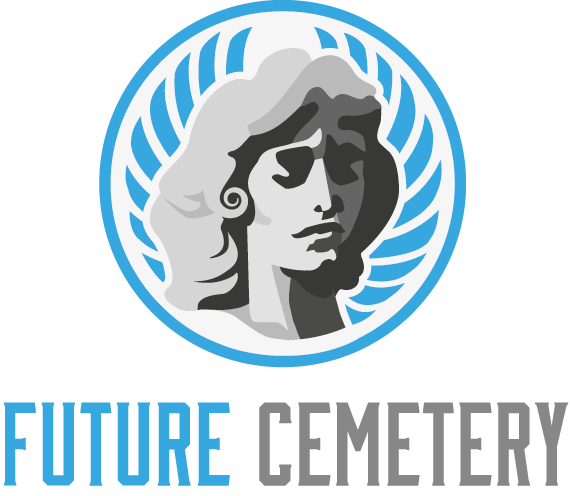Throughout history, wealthy or influential Christians were generally interred inside a church after they died. Lesser congregants were buried outside in the churchyard, which is where the name graveyard comes from.
Rules regarding headstones are often more strict in graveyards. They may require that inscriptions be more subdued or that the headstone is made of stone or granite.
What is a Graveyard?
A graveyard is a place where people are buried after their death. It is typically located on church grounds and often only allows members of the same religion to be buried there.
In the past, graveyards were often surrounded by yew trees, which were believed to help keep evil spirits away from the dead. In addition, a graveyard was often close to the church, which made it easier for people to visit and remember their loved ones.
Over time, as populations grew and churches became more crowded, graveyards began to become obsolete and independent cemeteries were created. Today, the terms graveyard and cemetery are often used interchangeably, but the term graveyard is more traditionally associated with a church while a cemetery may be open to everyone regardless of their religion.
What is a Cemetery?
A cemetery is a place for burial. It may be owned by the government or privately held. It usually has a corresponding burial register with the name of each person buried and their plot number within the cemetery.
The location of the graveyard is determined by geography, religious beliefs and social attitudes. Sanitary concerns often influence the choice of location, e.g., the Romans and Jews preferred mass graves outside their cities, while Christians opted for churchyards.
Many churchyards have a limited amount of space. A person who wants to be buried in a churchyard needs to be either a member of that particular church or express a desire to be so upon their death. A churchyard also has strict rules regarding headstones, which must live up to Christian values and traditions.
What is the Difference Between a Graveyard and a Cemetery?
A cemetery and a graveyard have some differences, although modern usage makes them almost synonymous. In the past, a graveyard was generally affiliated with a church and therefore on church property while a cemetery was more of an umbrella term that could include either consecrated or non-consecrated land.
In the past, wealthy and important Christians were interred inside the church in crypts while lesser congregants were buried outside the church in the graveyard or churchyard. This meant that people could visit their departed family members easily as they went to church on Sundays.
While many people don’t know the difference between graveyard and cemetery, understanding the distinction can help to avoid confusion and misunderstandings. If you plan to be laid to rest in a graveyard, you can make sure that your next of kin understands the difference when you pass on your instructions.
What is the Difference Between a Churchyard and a Cemetery?
A graveyard and a cemetery are two terms that can often be used interchangeably. However, if linguistic precision is important, it’s helpful to understand the difference between the two. The term “graveyard” is older, dating back to Colonial era America, while the word “cemetery” is more modern and came into use in 1831 with the founding of Mt. Auburn Cemetery in Cambridge, Massachusetts.
As a general rule, churchyards are on the grounds of a church. They were once filled with the graves of less wealthy congregants who were buried in crypts under the church floor or in a section of the churchyard. But as churches began to run out of space, independent sites known as cemeteries were formed to allow for more burials. Cemeteries are also typically much larger than churchyards and are not associated with a particular church.
What is the Difference Between a Cemetery and a Churchyard?
The difference between a graveyard and a cemetery is that a churchyard is associated with a specific church. It is generally on church grounds or in a building attached to the church. Cemeteries are generally not associated with a church and are often large spaces that serve more than one religion.
Traditionally, people who were buried in a churchyard were members of the church or expressed a desire to be buried there upon their death. This meant that they were Christians. Today, this is no longer necessarily the case.
The word cemetery came from the Old French cimetiere and is tied to Greek koimeterion, which means “a sleeping place.” It is a newer idea compared to churchyards but serves the same purpose. The terms are sometimes used interchangeably, but the distinctions between them are important.





